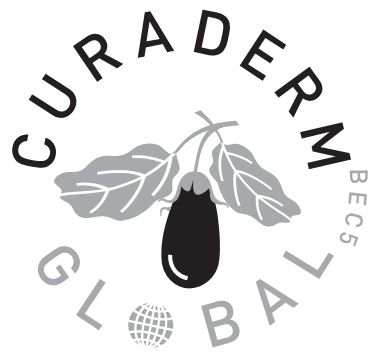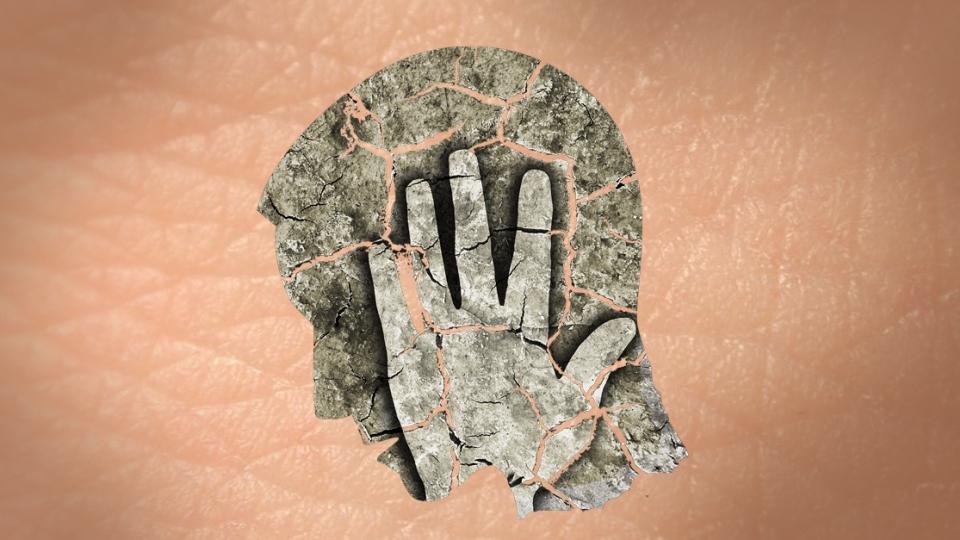Bob Janssen, diagnosed with basal cell carcinoma (BCC) for the second time, sought an alternative to surgery. Having previously experienced painful surgery with lasting effects, he discovered Curaderm BEC5, a topical cream derived from eggplants, specifically solasodine glycoalkaloids. Dr. Bill Cham, the inventor, isolated the active ingredient, BEC, after extensive research in the late 1970s (Res J Biol Sci, 2007; 2: 503–14; Br J Med Med Res, 2014; 4: 621–31).
Bob applied Curaderm BEC5 to his BCC lesion on his nose, using it two to four times daily for 95 days. The lesion scabbed over, and after a week, the scab fell off, leaving healed skin without a scar. The cream’s success has been documented in various clinical studies and case reports, indicating its effectiveness and safety for non-melanoma skin cancers (J Cancer Ther, 2015; 6: 1045–53; Clin Med Rev Case Rep, 2016; 3: 098; J Cancer Ther, 2013; 4: 588–96).
Curaderm BEC5 has been particularly successful in treating BCCs, with cure rates reported around 78%. Clinical trials conducted in the UK demonstrated its safety and efficacy, with a 66% cure rate after eight weeks and 78% after one year for BCC (Int J Dermatol, 2008; 47: 78–82).
Dr. Cham plans to explore the cream’s efficacy in treating melanoma through clinical trials. The cream’s active ingredients, solasodine glycoalkaloids, have shown promise in inhibiting cancer cell growth in various studies (J Agric Food Chem, 2004; 52: 2832–9; Biosci Rep, 2009; 29: 35–45; Biol Pharm Bull, 2010; 33: 1685–91).
The mechanism behind Curaderm’s efficacy lies in solasodine glycoalkaloids’ interaction with cancer cells. Rhamnose, a plant sugar in these glycoalkaloids, binds to cancer cells, triggering apoptosis (cell death). Normal human cells remain unaffected, avoiding biological side effects and scarring (Cancer Ther, 2011; 2: 728–45).
Despite its proven efficacy and minimal side effects, Curaderm BEC5 is not widely adopted by dermatologists, potentially due to the profitability of conventional treatments. The cream, available online for $144 per tube, is mainly used in Russia, where it is registered and supervised by dermatologists and oncologists. Patients, such as Margaret Watson from Sydney, have successfully treated BCCs with Curaderm, avoiding surgery and experiencing minimal scarring. The mounting scientific and clinical evidence supports Curaderm BEC5 as a powerful alternative to traditional skin cancer treatments, but wider acceptance in the medical community is needed.

